VE Day 75
Learn how the rail industry contributed to the national war effort.
Introduction
VE Day 2020 marks 75 years since guns fell silent on Europe, and represents an opportunity for countries around the world to reflect on the sacrifice, courage and willpower of those who gave their all, both on the front lines, and at home.
The rail industry has used this historic occasion to remember those who worked on Britain’s railways during the Second World War.
Keeping Britain moving
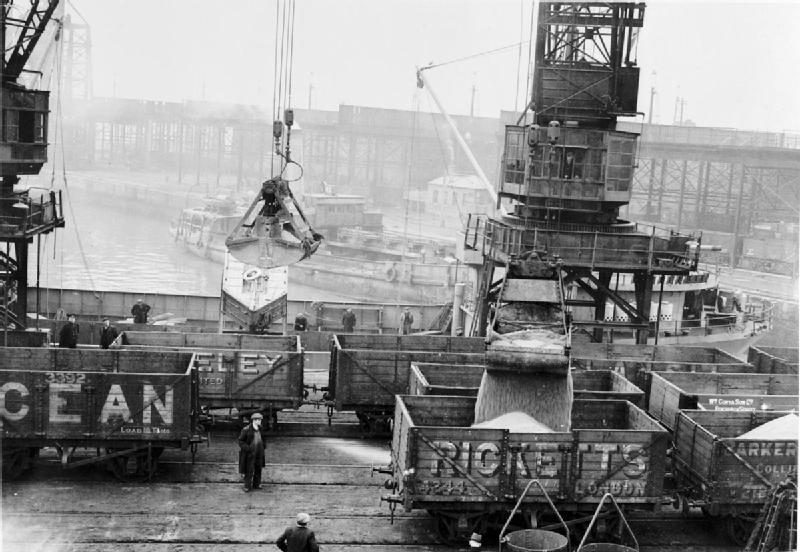
Arguably, the most important role played by the rail industry during the war effort was the transportation of key goods such as food, fuel, munitions, parcels and troops. Without the rail network, vital supplies would not reach the front lines, with trains travelling from across the country to ports and factories - and further into Europe.
Statistics put the work and importance of freight during the war into perspective. At this time, the freight rail network ran across 133,440,000 miles of track, with an equally extensive rail fleet of around 19,577 steam locomotives, and 2,002 rail motor vehicles. By 1940, around 500 extra freight trains ran every day on one railway, helping to move 254,496,000 tonnes of goods, and in 1939, the railway delivered over 90,556,000 parcels across Britain.
Rail also acted as a lifesaving instrument, playing a large part in the evacuation of soldiers from Dunkirk, where 600 hospital trains transported around 319,000 troops from Dover to hospitals throughout Britain.
The Southern railway bore the burden of the work and ran day and night to evacuate the troops. They then handed the trains over to Great North Western and the North Western rail companies to take the men to medical centres. Without this mammoth effort to keep the country moving, Britain’s forces would have been considerably weaker.
Staying at home
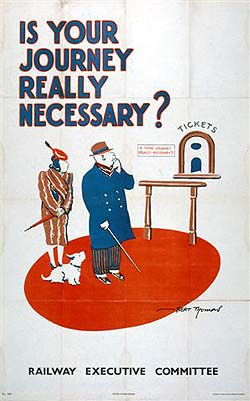
encouraging passengers to think
before they travel (c) NRM
Civilians were also expected to play a vital role in the war effort.
By taking unnecessary journeys, the public risked slowing down the system, taking up needed cargo space and depleting valuable fuel reserves. Their job was simple – to stay at home. The railway had a responsibility to relay this government message so in 1939, the Railway Executive Committee introduced a number of measures to persuade the British public to stay at home and cut down on non-essential travel.
When the Committee first took control of the network, hoardings were immediately cleared of most advertising material related to leisure travel. In 1942, further dramatic measures were introduced such as the withdrawal of cheap day tickets, closing routes to coastal towns and cutting the frequency of commuter trains. The committee also developed an advertising campaign, with messages encouraging people to ‘holiday at home’ appearing throughout the country.
Different initiatives were introduced for those working across key jobs on the home front. To relieve the strain on the significantly reduced commuter system, businesses operated on staggered operating hours, so that stations and trains could cope with the influx of workers.
Kindertransport
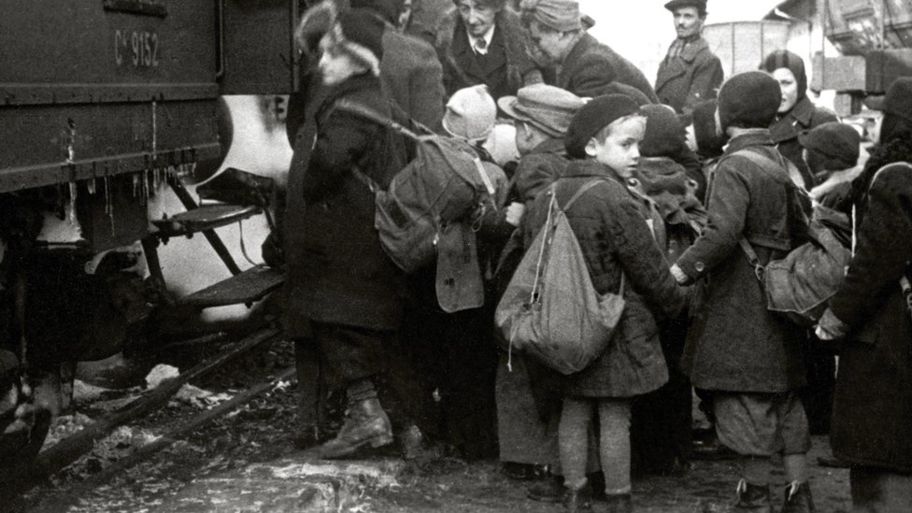
The Kindertransport was an organised mission by the British Government which helped 10,000 Jewish children escape from Nazi occupied territories. As persecution continued, there was a rise in the number of Jewish families aiming to leave Germany. The Kindertransport mission provided an opportunity for some of these children to seek temporary refuge in the UK.
Following Kristallnacht, the arrests of 30,000 Jewish people, and the destruction of 267 synagogues throughout Germany in 1938, the British Government oversaw the first Kindertransport journey from Berlin, helping to deliver 200 children to safety in Harwich.
Over the following nine months, as German forces advanced, Britain extended their Kindertransport rescue to children in Czechoslovakia, Austria and Poland, bringing thousands more children to safety.
London Liverpool Street Station became established as the main destination for the Kindertransport. Here, the refugee children were met by their volunteer foster families or were taken to temporary shelters across the country by rail.
By 1939, rail had helped to protect 60,000 Jewish refugees from religious and political persecution. Many brought their skills and knowledge forward to help in the British war effort, with thousands taking British nationality after the war ended in 1945.
Women in rail
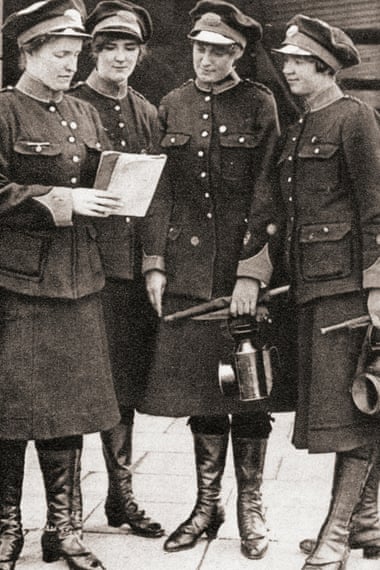
porters during wartime
Women were paramount to the success of the railway throughout the Second World War as they took over the responsibilities traditionally undertaken by men on the railway. As the railway faced increasing pressure, women were urgently employed to carry out manual and clerical tasks.
Many women took on vital engineering roles, maintaining switchboards after station bombings and fitting and repairing locomotives, while others were trained to become station guards and porters.
Southern Railway employed 8,000 women to take the place of the 9,000 male workers conscripted to take part in the war, with the Mid Hants Railway employing women as signallers. Betty Chalmers, a worker at LNER York Station worked to repair a damaged switchboard after the station was bombed in 1942.
The war gave women the opportunity to assert their value in a traditionally male dominated society, proving women’s worth across the railway as they carried out physical tasks to a high degree. As the war continued, women were trusted with more challenging work, such as operating cranes transporting containers.
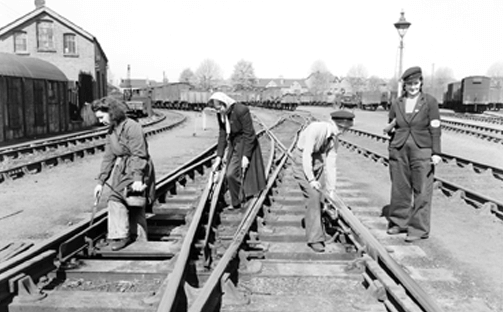
By the end of the war, 10,899 women were working across the railway, a significant increase from the 635 women employed at the beginning of World War Two.
Stations and depots
Although it was the railway workers and locomotives who were commonly hailed as the heroes of the industry, the efforts from the network are often forgotten.
Stations themselves were transformed to operate differently, and staff worked tirelessly to maintain the lines. For example, areas of London Bridge station were used as mass canteens to feed hundreds of thousands of servicemen passing through. Waterloo station was allocated to act as an air raid shelter during the height of the Blitz.
To prepare for the threat of an enemy invasion, the Railway Executive Committee painted out station names in an attempt to confuse any potential attackers.
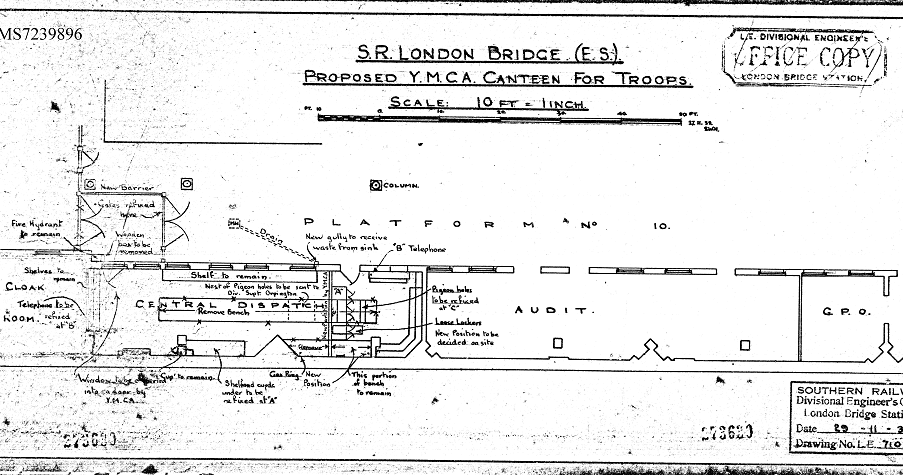
Stations and routes suffered heavy bombing throughout the war – however, the industry continued to keep services running. Charing Cross was one of the key hubs to experience significant damage - at 8.50am on 8 October, the German Luftwaffe dropped three bombs on the station during rush hour, inflicting 48 casualties, including eight fatalities. Despite this, Charing Cross was not out of service for long, thanks to the resilience and bravery of the station staff.
To maintain the infrastructure across Britain, strategic materials were stockpiled at key locations throughout the railway network, so that war damage could be repaired swiftly.
Evacuees
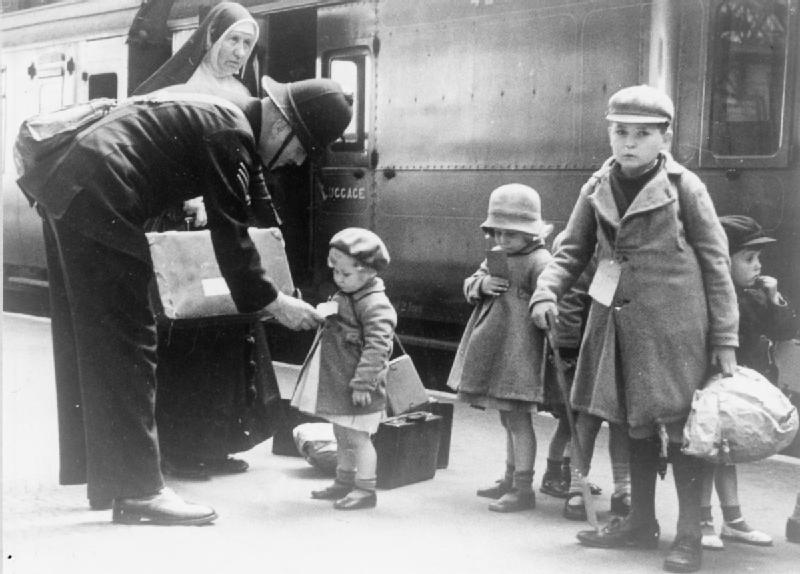
The railways played a significant role throughout the war, transporting child evacuees from British towns and cities to safety, as air raids became a more frequent threat.
As part of the official Government Evacuation Scheme, the London County Council requisitioned trains in preparation for the first period of official evacuations in 1939. Ahead of this, railway operating services - including Southern Rail - produced posters outlining a train schedule, aiding the evacuation of women and children.
Over the first three days of the evacuation effort, railway workers helped to deliver 1.5 million evacuees to safe rural locations - including 673,000 unaccompanied school children - two days before the declaration of wartime.
Thousands of people volunteered to assist the railway’s 1,589 assembly points across the country, with trains leaving London’s main stations every nine minutes for nine hours.
Railway stations all over the country hosted the Women’s Voluntary Service, who greeted and provided help to evacuees arriving in the station halls. In total, the railway transported over 3 million individuals to the countryside and helped to reunite children with their families after the war was over.
- Created on .